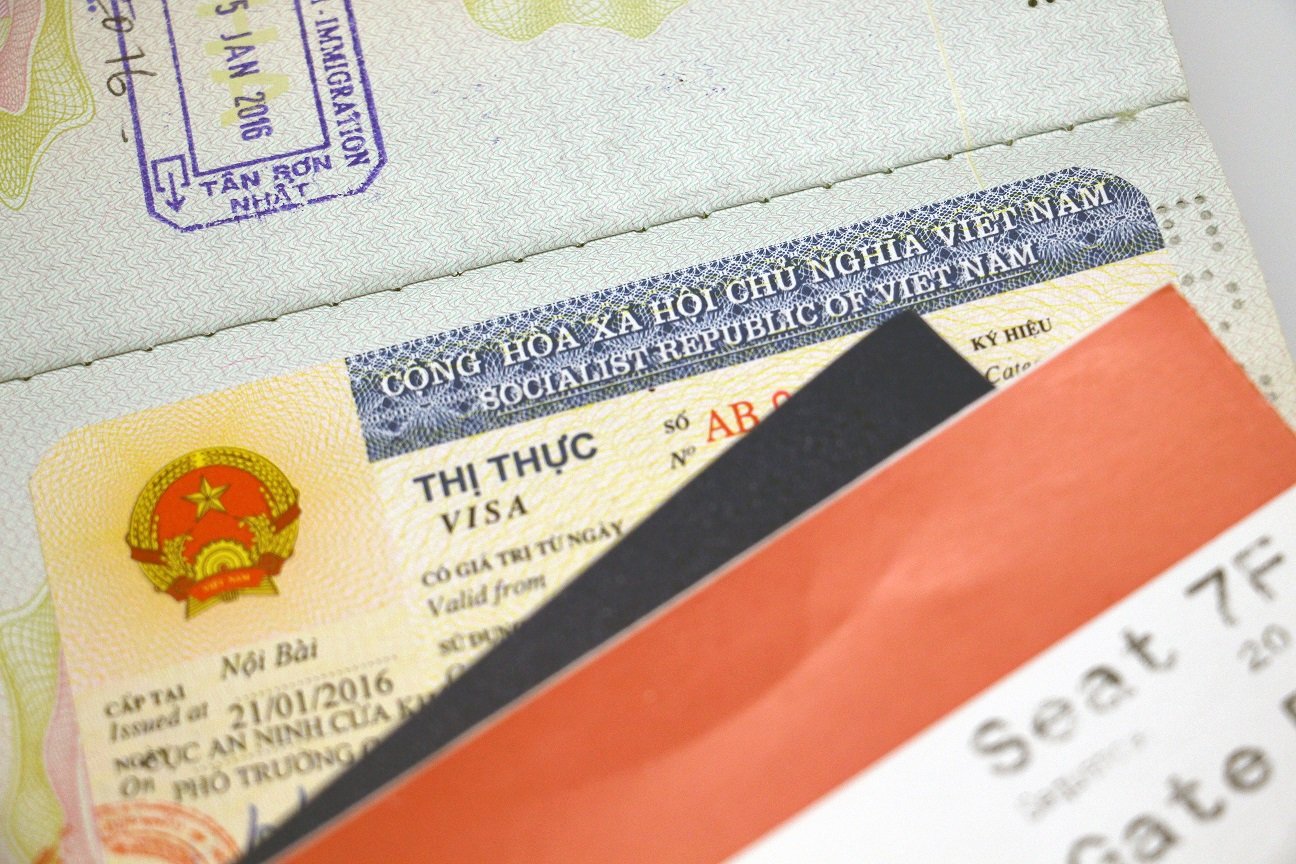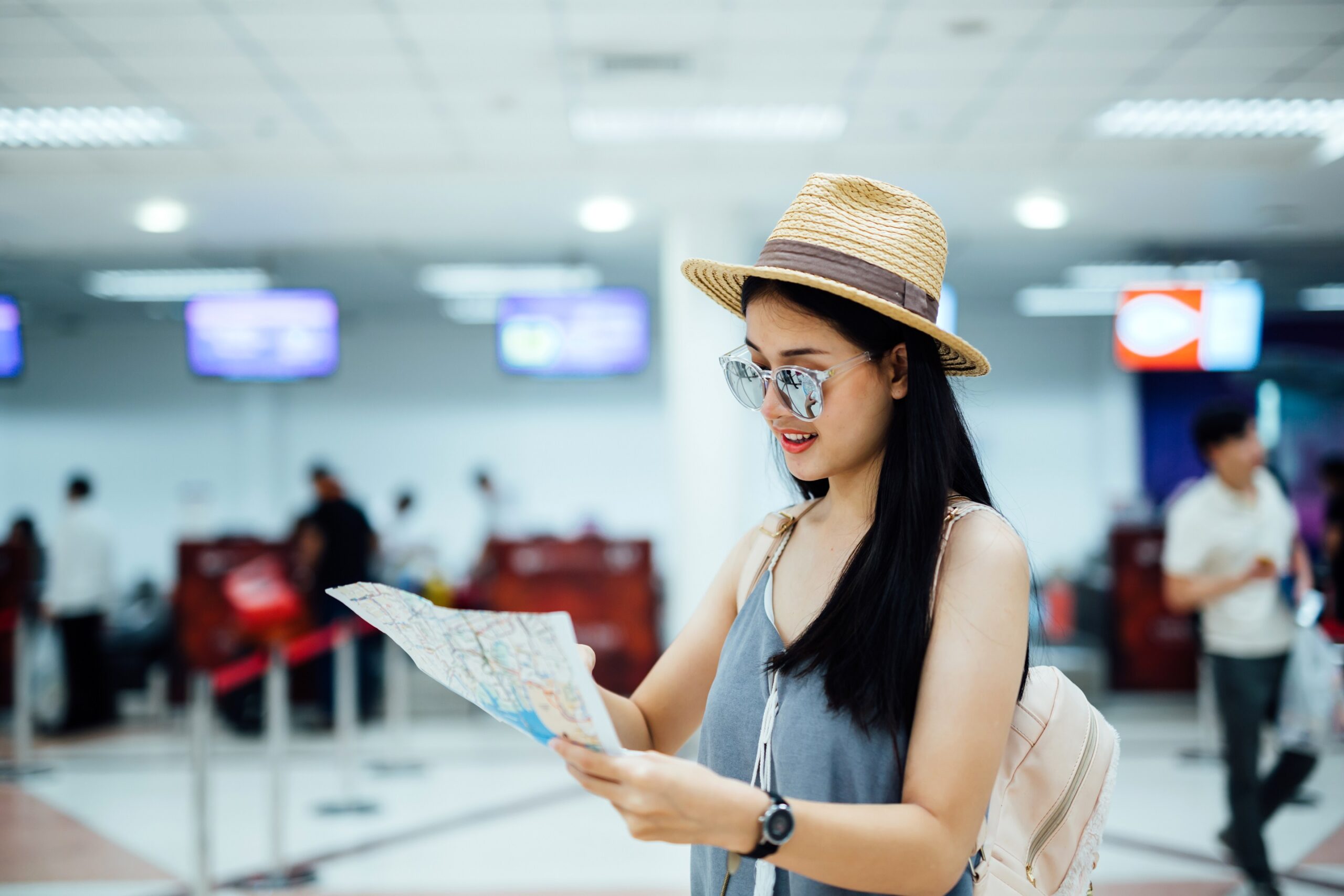Vietnam has become one of the most popular destinations in Southeast Asia. Largely the result of word of mouth, people return speaking of evocative hill villages and compelling megacities. They detail the beauty of Halong Bay and the hum of Hanoi. They describe the wonderful flavors of Vietnam, and its intriguing history. Then there’s the culture, as detailed in our Vietnamese culture guide. But if you’re thinking of heading to Vietnam to experience all this for yourself, there’s something you’re going to have to do first. You’re going to have to ask: Do I Need a Visa to Visit Vietnam?
Do I Need a Visa to Visit Vietnam?
A visa exemption scheme exists for passport holders from 24 countries. This means that these nationals are able to visit Vietnam for short tourist stays without needing to obtain any sort of visa.
The exact length of stay permitted is dependent on your passport, but generally ranges between 2 and 3 weeks. The majority of the countries exempt from needing a visa to visit Vietnam are in Europe and Asia.
These countries are: Denmark, Italy, Germany, France, Sweden, Finland, Norway, Spain, UK, Belarus, Russia, Chile, Thailand, Malaysia, Singapore, Indonesia, Cambodia, Laos, Philippines, Myanmar (Burma), Brunei, South Korea, Japan and Kyrgyzstan.
Vietnam also operates eVisas for those from a further 55 countries. Applying is a painless process for the vast majority of people, and allows many nationals to remain for longer in Vietnam than the visa exemption scheme.
Can I get an eVisa to Visit Vietnam?

Approval for an eVisa normally takes three working days. It is a single-entry visa allowing visitors to remain in the country for up to 30 days. It costs roughly US$25, which needs to be paid online at the time of applying.
The eVisa allows visitors to enter Vietnam via any of its eight international airports. You can also use 14 land borders with neighboring nations and seven seaports.
The nationalities that can apply for an eVisa are those from: Andorra, Argentina, Armenia, Australia, Austria, Azerbaijan, Belarus, Belgium, Bosnia & Herzegovina, Brazil, Brunei, Bulgaria, Canada, Colombia, Croatia, Cuba, Cyprus, Czech Republic (Czechia), Chile, China (including Hong Kong and Macau passport holders), Denmark, Estonia, Fiji, Finland, France, Georgia, Germany, Greece, Hungary, Iceland, India, Ireland, Italy, Japan, Kazakhstan, Latvia, Liechtenstein, Lithuania, Luxembourg, Macedonia, Malta, Marshall Islands, Mexico, Micronesia, Moldova, Monaco, Montenegro, Mongolia, Myanmar, Nauru, Netherlands, New Zealand, Norway, Palau, Panama, Papua New Guinea, Peru, Poland, Portugal, Philippines, Qatar, Romania, Russia, Salomon Islands, San Marino, Serbia, Slovakia, Slovenia, South Korea, Spain, Sweden, Switzerland, Timor Leste, United Arab Emirates, United Kingdom, United States of America, Uruguay, Vanuatu, Venezuela, and Western Samoa.
Requirements for Vietnam’s eVisa
Anyone who has had to apply for a visa to countries elsewhere in the world will recognize many of the requirements needed to apply for an eVisa to visit Vietnam. None are particularly taxing, and certainly shouldn’t put you off applying. Have everything in order before you start, and the entire process will only take a few minutes.
Firstly, you should check that your passport will have at least six months validity from the date you intend to enter Vietnam. You won’t be granted any form of entry visa if it doesn’t. You will also need to scan in the biometric (picture) page of your passport and save the image as a jpeg file on your computer.
In addition, you will need a passport-style photograph in a jpeg format. Other requirements include an address – such as one of your hotels in Vietnam, and your intended travel dates. You must also select your point of entry, such as Hanoi International Airport. This must match the border point by which you enter.
Finally, you will need to provide your email address to receive confirmation of your eVisa, and a credit or debit card to pay for it.
Obtaining your Vietnam eVisa

On submitting your application for your Vietnam eVisa, you will be given a registration number. You should note this down and keep it in a safe place.
Once three working days has passed, you should be able to down your eVisa as a pdf. You’ll also need to print two copies to present at the border. You’re then free to enjoy one of our unforgettable Vietnam tour packages. But don’t forget to keep a copy to present at the border when returning home.
Vietnam Visa on Arrival
If you don’t have time to apply for an eVisa before arrival, you can instead obtain a visa on arrival. There is a dedicated counter for this before immigration control at the country’s airports. The visa fee is the same, and can be paid in US dollars or Vietnamese dong.
Visas on Arrival are also an option for those who wish to stay for longer than 30 days, or who want to re-enter Vietnam after exploring other countries in the region.
However, airlines are getting increasing wary about allowing travelers onto flights without proof of a visa, and in extreme circumstances you may be refused entry onto your flight. Instead, it would be best to apply for a visa at your nearest Vietnamese embassy or mission.
Visiting the Wonders of Vietnam
Thankfully, the Vietnamese authorities have made it incredibly easy to visit their country’s wonders. The vast majority of travelers are either exempt from a visa altogether, or able to apply for an eVisa. This means you can concentrate on more important matters, such as where to stay in Ho Chi Minh City, or the best things to do in Hoi An.













